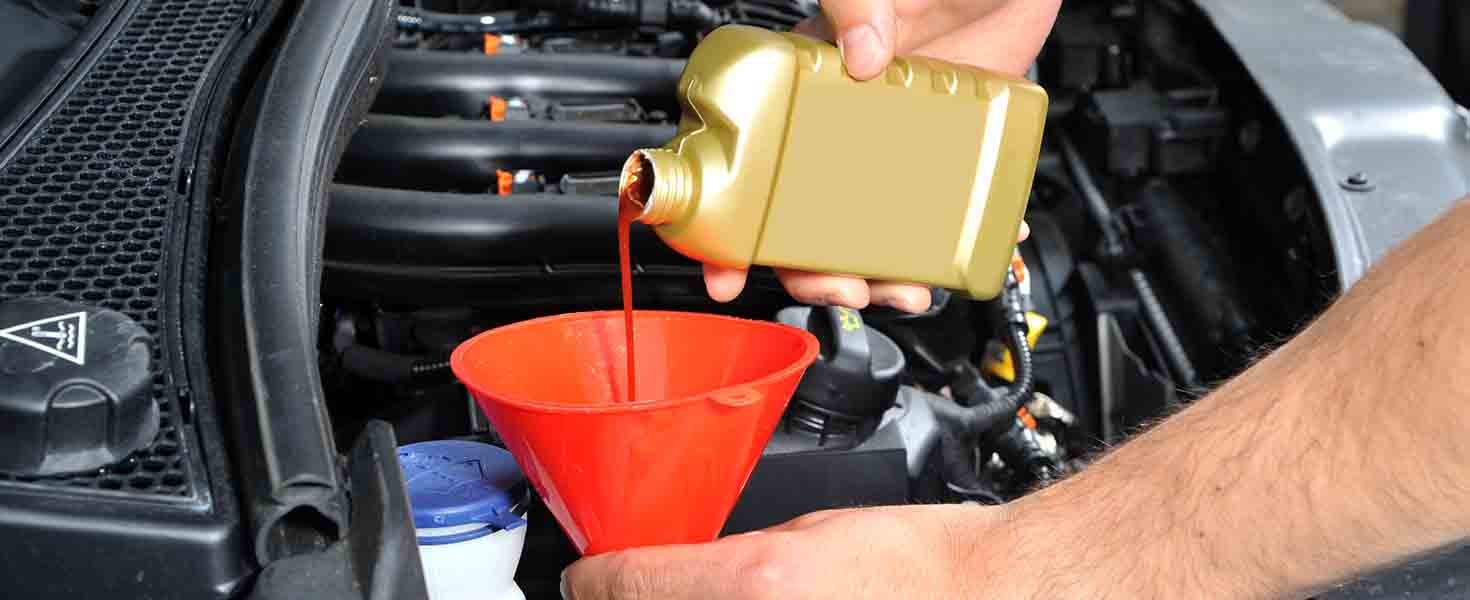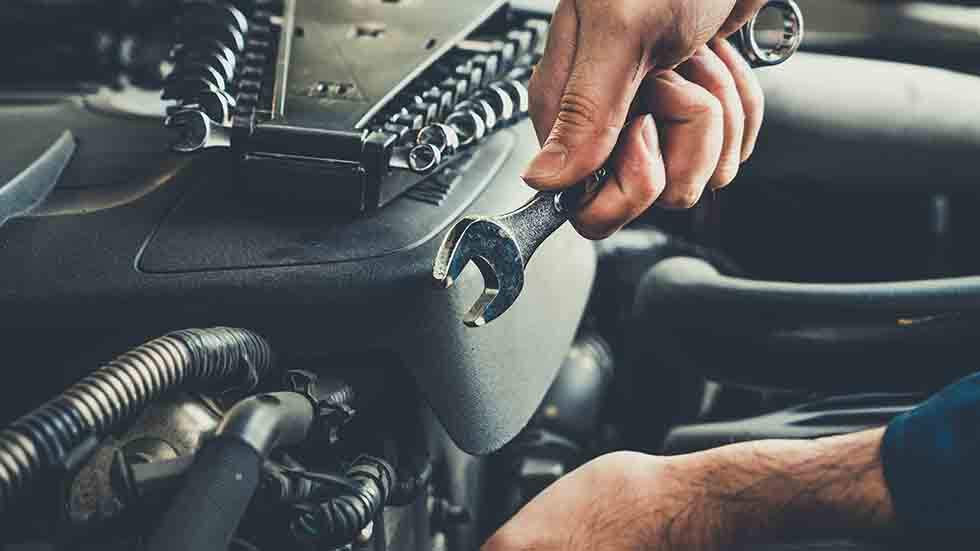Automotive answers from the Car Doctor
When simple repairs could become difficult


Q: In retirement, I find that I have a lot more time and a little less money. So, I am considering doing some of the basic auto maintenance and repairs that I used to do in my younger days. Since then, a lot has changed under the hood on today’s cars, so I am wondering if this is doable.
A: The answer depends on your skills, knowledge, work area, available tools, and how much work you will want—or need—to do. On today’s vehicles, many do-it-yourselfers limit their involvement to basic maintenance procedures, such as oil changes (please dispose of the used oil and filters properly) and tire rotations. They may also undertake simple repairs, but bear in mind that if “my younger days” refers to what you did 40 years or more ago, a revolution in auto technology has taken place since then. Today, many repairs require interfacing with a computer. Auto technicians have gone from dealing with nuts and bolts to working with ohms and volts for many repairs. So, much of the experience the typical do-it-yourselfer brings to vehicle repairs is usually not applicable to today’s cars.
If you decide to proceed, obtain a service manual for your vehicle, and ensure that you have an appropriate place and the proper tools to perform any work that you intend to undertake. If some tasks require that you get under the vehicle, remember that a jack is a lifting tool, not a support tool. Jack stands or ramps are a must to keep a vehicle raised safely. In addition, the cost of the specialized tools and databases needed to work on modern vehicles probably means that many repairs are best handled by a professional auto technician. To find out what to expect if you do start working on your car, consider taking an adult-education auto repair course at a local school.

Q: The front wheels on my car get very dirty, very quickly. The dealer assures me that this is normal and that the cause is dust from the brake pads. The only solution, I was told, is to wash the wheels frequently. In an internet search, however, I’ve found shields that can be placed between the wheel and the hub that are supposed to keep the wheels clean. Do you have any experience with these?
A: Brake dust shields that are designed for specific vehicles are usually easy to install. Simply remove the wheel so that the dust shield can be placed over the hub. The wheel is then bolted back on the vehicle. These shields block the brake dust generated when you apply the brakes from reaching the wheels.
While easy to use, these shields cause some concerns. The major concern is airflow, which deposits the brake dust on your wheels in the first place. That airflow also cools the brakes. Some shields have vents designed to help with brake cooling. While many users of these shields report no negative effects from heat buildup, you may experience drawbacks if your driving style or location requires frequent aggressive use of the brakes.
You may also want to try ceramic brake pads. These still produce dust, but the dust is lighter in color. Unfortunately, these pads tend to be more costly. Our approach, therefore, would be to stick with the factory brake pads and accept the need for frequent wheel washing.
